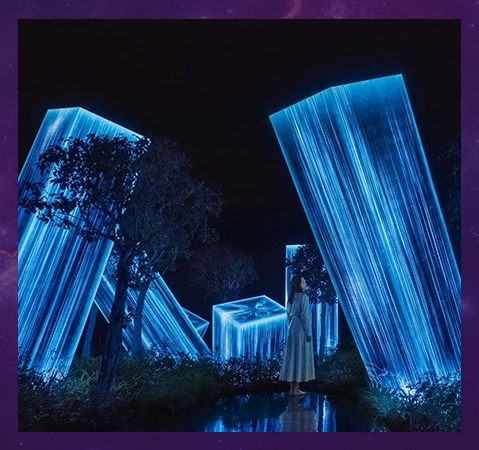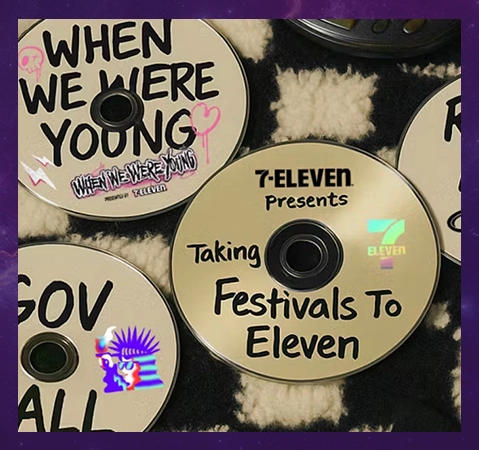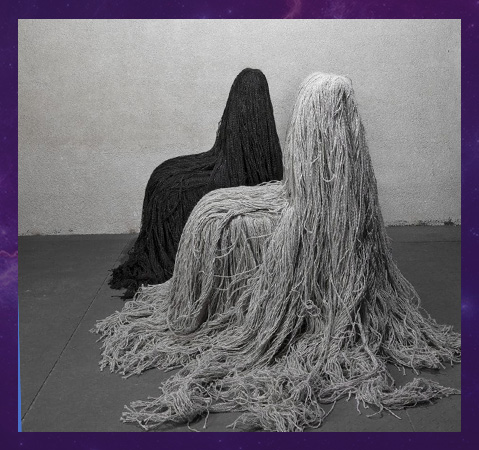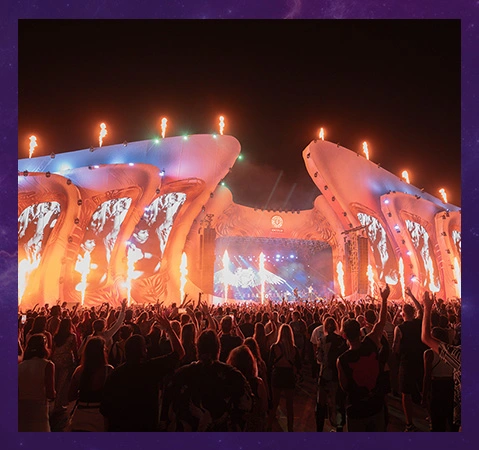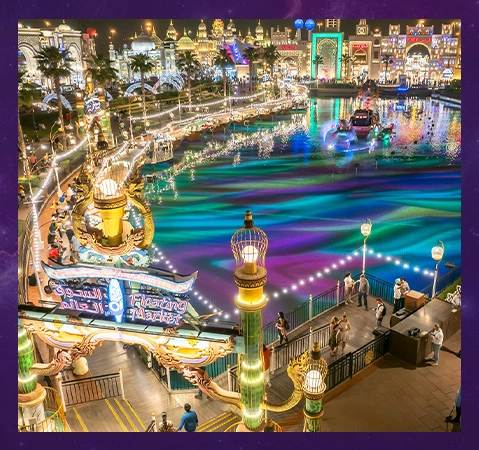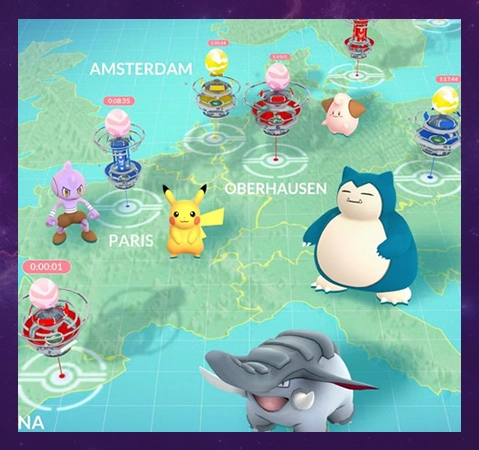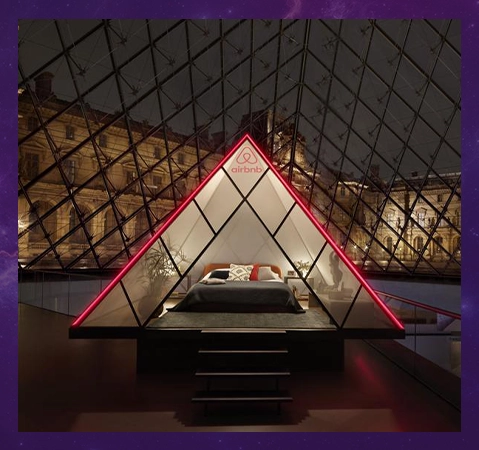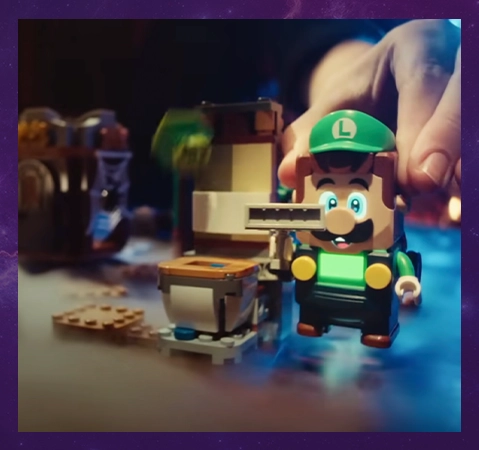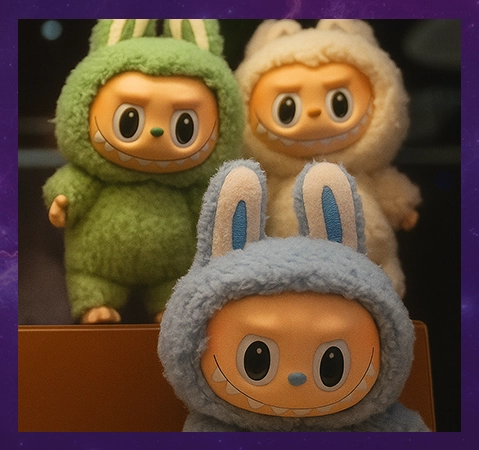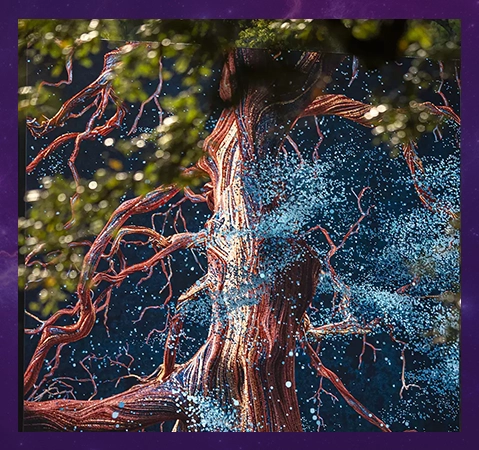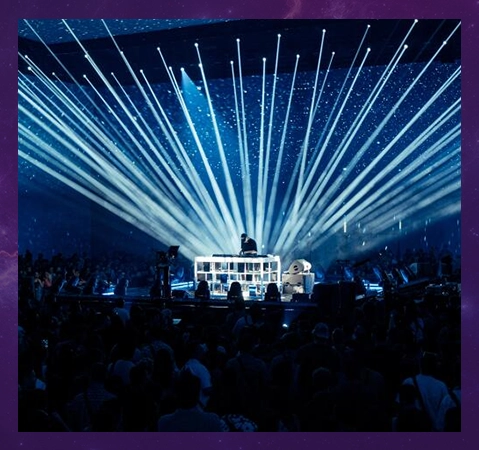
Why Airbnb’s ‘Night At’ Series Is a Masterclass in Experiential Marketing
share
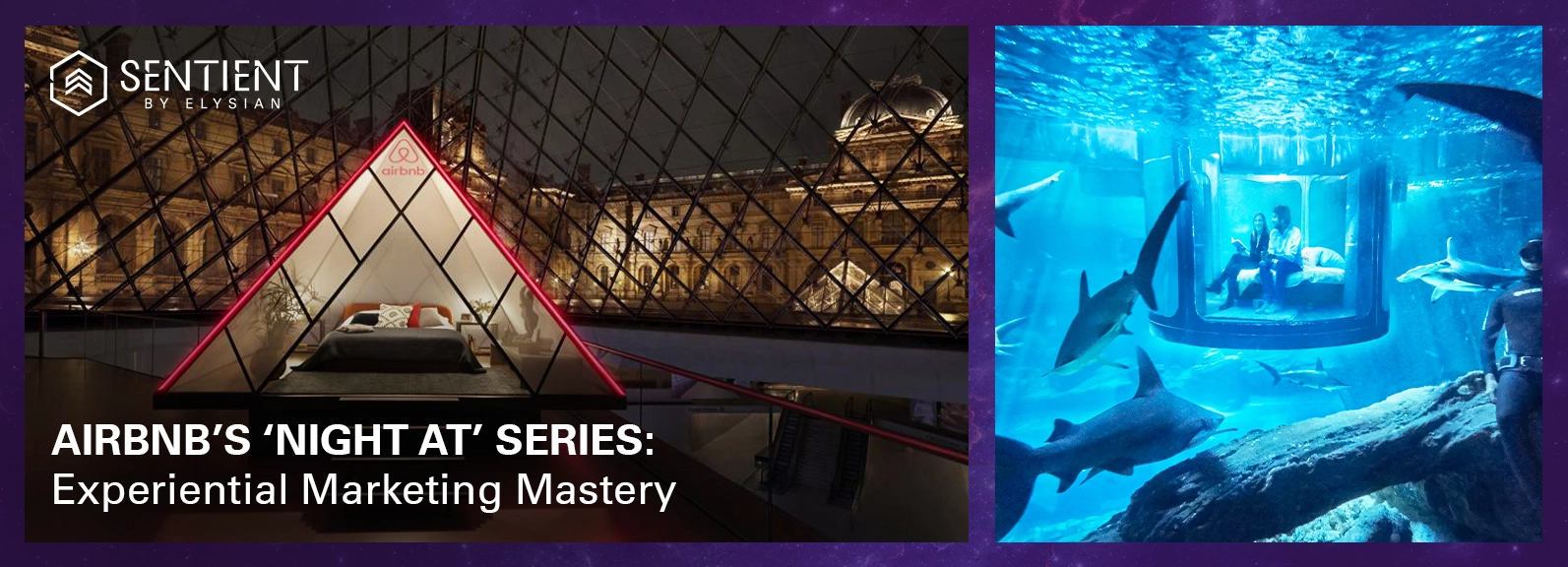
Summary:
Airbnb’s evolution from air mattresses in San Francisco to global cultural activations shows the power of storytelling in marketing. Its ‘Night At’ series transformed ordinary stays into once-in-a-lifetime moments—like sleeping in the Louvre or Dracula’s Castle—proving that experiences create stronger brand resonance than ads. The company’s expansion into Experiences and Icons cements its role as a lifestyle brand at the intersection of travel, culture, and entertainment.
Table of Contents:
From a simple air-mattress rental in a San Francisco apartment to a global hospitality powerhouse, Airbnb has reimagined how we travel—first by unlocking unused rooms, then by embedding emotional storytelling into its brand DNA. Today, its 'Night At' experiential series—like winning the chance to sleep under the Louvre Pyramid or in Dracula’s Castle—elevates the idea of "stay" into once-in-a-lifetime cultural moments. This piece explores Airbnb’s origins, its evolution into experiential marketing, and how the 'Night At' campaigns exemplify marketing as immersive storytelling—not just bookings—to create unforgettable emotional connections.
Origins: The Airbnb Idea
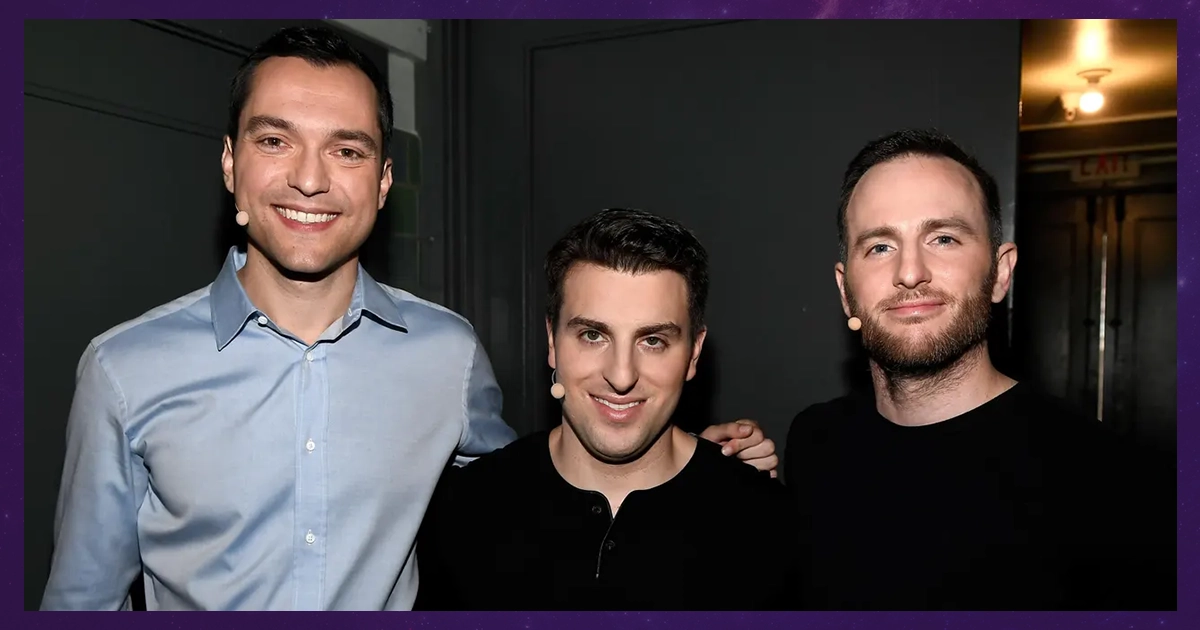
Airbnb’s story begins in 2007 with two struggling designers, Brian Chesky and Joe Gebbia, in San Francisco. When a design conference filled the city’s hotels, they spotted an opportunity: rent out their loft’s living room and provide air mattresses plus breakfast. Three guests paid $80 each, and the idea of “Air Bed & Breakfast” was born—a peer-to-peer lodging model built on creativity and necessity.
Soon, Nathan Blecharczyk joined as co-founder, and the team sought funding. With little investor interest at first, they turned to an unconventional strategy: selling limited-edition cereal boxes branded “Obama O’s” and “Cap’n McCain’s” during the 2008 U.S. presidential election. The quirky move generated $30,000 and caught the attention of Y Combinator, which invested $20,000 in exchange for a small equity stake.
Airbnb’s early growth hinged on solving one of the biggest hurdles in home-sharing: trust. To convince strangers to open their homes to travelers, the founders focused on identity verification, user reviews, and professional photography.
By 2011, Airbnb had expanded internationally and reached one million nights booked. The brand wasn’t simply offering cheaper alternatives to hotels—it was selling a cultural shift: living “like a local” rather than staying as a tourist. This mix of scrappy problem-solving, storytelling, and community-driven design laid the foundation for one of the most disruptive companies in travel.
Building Trust & Community
For Airbnb, the real challenge was never just creating a website to list spare rooms—it was building trust between strangers. After all, inviting someone into your home, or staying in a stranger’s, required a level of reassurance that traditional hotels didn’t face. From the beginning, Airbnb leaned on community-driven features: verified profiles, secure payment systems, transparent reviews, and two-way rating mechanisms. This peer-to-peer trust loop became the company’s strongest asset.
User-generated content (UGC) played a crucial role. Guests posted authentic reviews and photos, while hosts shared personal stories about their spaces. Instead of polished hotel ads, Airbnb’s marketing thrived on the lived experiences of real people, which resonated with travelers seeking authenticity. As Brian Chesky often emphasized, Airbnb wasn’t selling rooms—it was selling a sense of belonging.

One of the company’s most famous early moves illustrates this. In 2009, when bookings in New York were low, Chesky and Gebbia discovered that many listings had poor-quality photos. Armed with a professional camera, they personally visited hosts to shoot better pictures. The results were immediate: bookings doubled, and the experiment evolved into the official Airbnb Photography Program, which offered hosts free professional photography. The initiative reinforced Airbnb’s brand image as both reliable and aspirational.
By fostering trust, Airbnb expanded beyond transactions into community. Host guarantees, 24/7 customer support, and identity verification built security, while initiatives like neighborhood guides connected travelers with local culture. Over time, this foundation helped Airbnb transform the awkward idea of “sleeping in a stranger’s house” into a movement embraced worldwide.
Marketing Strategy: From Referrals to Culture
Airbnb’s rise wasn’t fueled by traditional advertising budgets but was powered by smart, scalable marketing strategies that blended digital innovation with cultural storytelling. One of its earliest growth hacks was the referral program. By offering travel credits to both the inviter and invitee, Airbnb created a viral loop. This simple mechanism drove exponential adoption, with some estimates suggesting a 900% year-over-year growth in its early stages.
Content and SEO also played a central role. Airbnb built city guides, neighborhood spotlights, and travel blogs optimized for search engines. Instead of focusing only on accommodation, the company positioned itself as a lifestyle and travel inspiration brand.
Social media amplified this effect. From Instagram photos of unique stays to YouTube campaigns showcasing local hosts, Airbnb capitalized on the aspirational nature of travel. Its message—“belong anywhere”—was consistent across platforms, creating strong emotional resonance with audiences.

Airbnb also embraced partnerships and influencer collaborations to tap into pop culture. High-profile campaigns such as the Barbie Dreamhouse in Malibu or Gwyneth Paltrow hosting guests at her Montecito home blurred the line between hospitality and entertainment. These activations weren’t just gimmicks—they generated viral media coverage and positioned Airbnb as a cultural icon, not just a booking platform.
By combining grassroots tactics with large-scale storytelling, Airbnb built a marketing playbook rooted in authenticity, virality, and cultural relevance. This set the stage for its boldest campaigns yet—experiential activations that went beyond stays and into unforgettable life moments.
Experiential Marketing: The ‘Night At’ Series
If Airbnb disrupted travel by letting people “live like locals,” its ‘Night At’ series pushed the concept even further—transforming ordinary stays into once-in-a-lifetime cultural experiences. Launched in 2015, the campaign offered contest winners exclusive overnight stays in some of the world’s most unexpected locations: Dracula’s Castle in Transylvania, Abbey Road Studios in London, an underwater shark aquarium in Paris, and even the Great Wall of China.
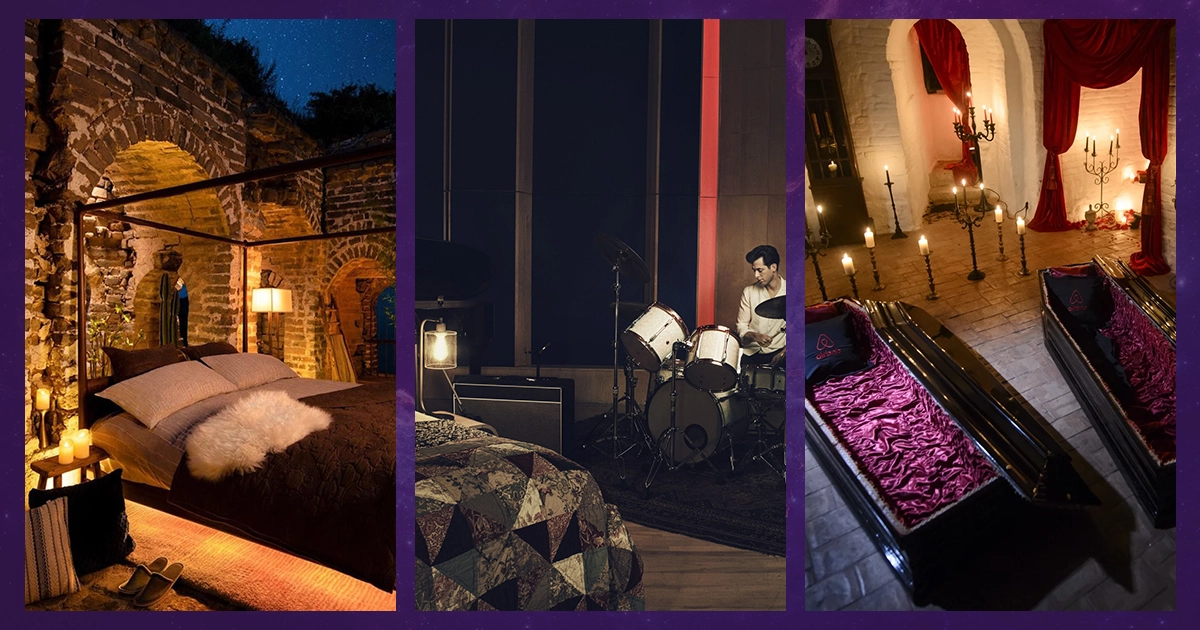
One of its most iconic activations was ‘A Night at the Louvre’ in 2019. Two winners enjoyed private access to the museum after hours, dined alongside the Mona Lisa, and slept under I. M. Pei’s glass Pyramid. The results were staggering: over 182,000 contest entries, 1.5 million website visits, and nearly 6 million YouTube views. More importantly, international media coverage positioned Airbnb as not just an accommodation platform, but a brand that curates unforgettable cultural moments.
The brilliance of the ‘Night At’ series lies in its alignment with experiential marketing. Instead of selling a product, Airbnb sells a story—a memory guests carry for a lifetime. Each activation is highly shareable, sparking social media buzz and global press attention. By tapping into the aspirational desires of travelers, Airbnb reinforces its core brand promise: belonging, adventure, and discovery.
For brands, Airbnb’s ‘Night At’ series is a playbook on how immersive storytelling can create emotional resonance far beyond a campaign’s timeline. Companies like Sentient by Elysian (SBE) in UAE follow a similar philosophy, crafting interactive experiences that merge technology, culture, and narrative. Their escape-room installations blend mechatronics and narrative design to craft interactive environments that captivate and challenge audiences. A standout example is showcased in their video “Escape Room,” where participants navigate a thematic escape room experience that unfolds through immersive technology and narrative cues
For marketers, the series is a masterclass in brand storytelling. It demonstrates how creating rare, emotionally charged experiences can generate far more impact than traditional ads. Airbnb turned the act of “staying somewhere” into a cultural spectacle—one that blurred the line between travel, art, and fantasy.
Expansion: From Stays to Experiences and ‘Icons’
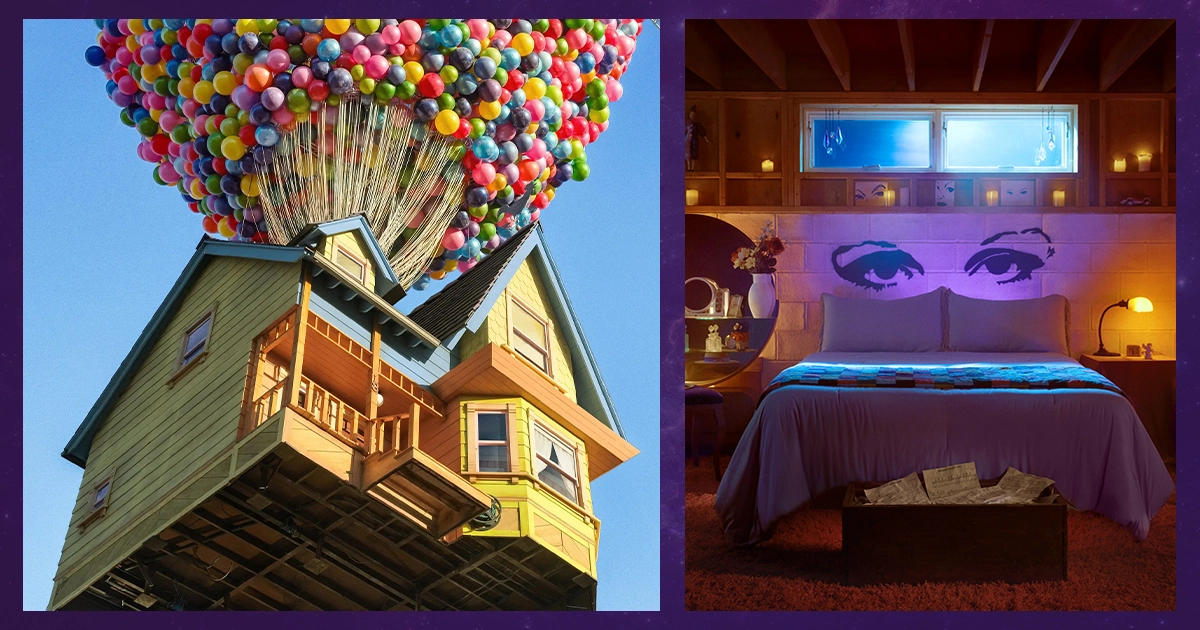
After proving it could redefine travel accommodation, Airbnb set its sights on broadening its offerings. In 2016, it launched Airbnb Experiences, a platform where hosts could offer activities beyond lodging—cooking classes, guided tours, surfing lessons, or wine tastings. The idea was simple: travel wasn’t just about where you slept, but about the memories you made along the way. While scaling experiences proved challenging at first, the initiative reinforced Airbnb’s ambition to be more than a booking site.
In 2023–2024, this vision evolved into Airbnb Icons, a campaign blending pop culture with experiential stays. Guests could book the floating house from Pixar’s Up, spend the night in Shrek’s swamp, or stay at Prince’s Purple Rain house. These whimsical activations generated global press coverage and captured the imagination of younger demographics. Icons, like the earlier ‘Night At’ series, positioned Airbnb at the intersection of travel, entertainment, and cultural storytelling.
Strategically, these expansions illustrate CEO Brian Chesky’s long-term vision: to make Airbnb a full-service lifestyle platform. Beyond accommodations, the company aims to integrate services, local experiences, and even AI-driven concierge tools. With more than 260 cities now offering curated activities, Airbnb is steadily shifting from being a disruptor in hospitality to becoming a central player in how people explore and engage with the world.
By bridging authentic local culture with global pop phenomena, Airbnb continues to show that marketing is no longer about ads—it’s about creating stories worth sharing. Its evolution proves that the future of travel lies in experiences, not transactions.
In Essence
Airbnb’s journey from air mattresses on a San Francisco floor to curating global cultural moments shows how far storytelling can take a brand. By building trust through community, innovating with viral growth strategies, and leaning into experiences that feel extraordinary, Airbnb redefined what travel means in the digital age. The ‘Night At’ series proved that marketing can be more than promotion—it can be memory-making, media-generating, and culture-shaping.
As Airbnb continues to expand through Experiences and Icons, it sets the benchmark for how brands can merge authenticity, creativity, and immersion to remain relevant. For marketers, the lesson is clear: the future belongs to those who craft stories people don’t just watch or hear, but live.
Website | LinkedIn | Instagram | YouTube | Facebook



